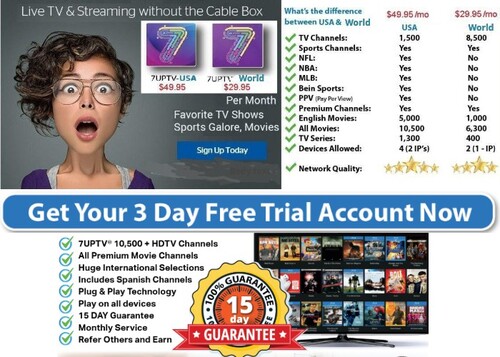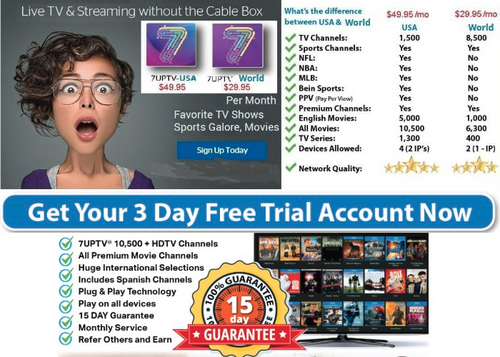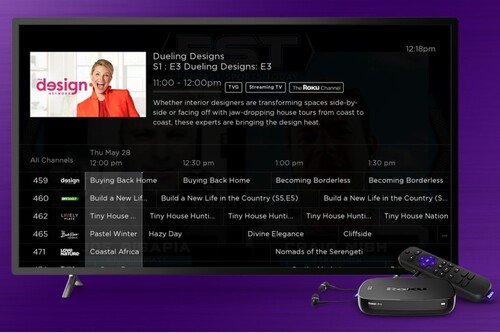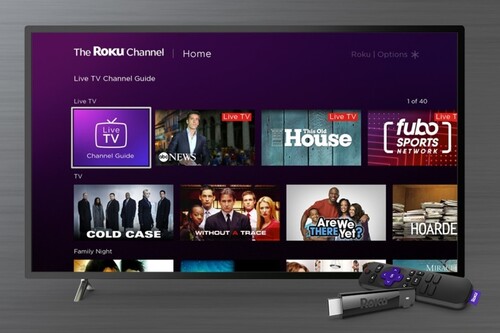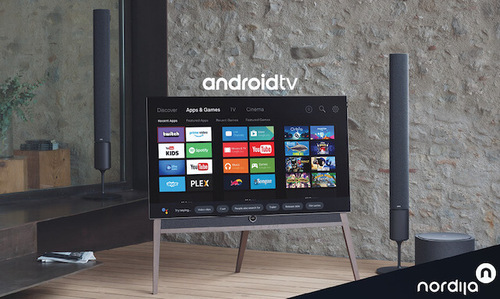Haystack News moves streaming needle as consumers flock to local news
Streaming services have been surging during the pandemic as consumers entertain themselves at home. And a combination of the pandemic and recent civil unrest has also caused people to flock to TV news, with an big emphasis on local news, in recent weeks.
Although usage was already rising before COVID-19 hit the US in a big way, Haystack News said it has seen a sharp usage increase for a free, ad-based VoD streaming service that delivers a customized collection of news reports in partnership with nearly 300 local broadcasters and an array of national and international sources of TV news.
Recent major news events "have propelled us forward," Haystack CEO and co-founder Daniel Barreto said.
When setting up the service, Haystack News users have the ability to customize and localize what news (down to specific topics) and weather information is assembled into the curated, on-screen view
Haystack News (a service formerly known as Haystack TV prior to a recent rebrand that plays up the service's focus on news as a differentiator from other free, AVoD services) released its first batch of user and usage data this month, announcing that its overall user base surged 145% in May 2020 versus May 2019, with a 2019 baseline in the "millions." The streamer also says it's on track in 2020 to double its annual growth in consumption and at least match the increases it has been generating in each of the past four years.
Barreto also attributes Haystack TV's general growth patterns to the ongoing rise of cord-cutting as consumers drop traditional pay-TV services and rely on broadband-delivered streaming services for entertainment and news.
At the same time, Haystack News is also exploring other ways to distribute its app, including discussions on how to gain entry onto Xfinity Flex, a relatively new streaming/smart home service that Comcast is offering for no additional cost to its broadband-only customers.
Haystack News' business model centers on advertising revenues and revenue sharing with its broadcast TV partners. For those broadcasters, Haystack News represents new ad inventory and a way to augment their TV audiences, Barreto said.
Haystack News has established a content ecosystem of local news and weather from broadcast stations covering 90% of the major US metro areas and a reach that covers most of the major streaming platforms.
Barreto acknowledges that it took some serious work to get those content deals salted away, as Haystack News was required to negotiate agreements with a multitude of individual stations as well as various station groups.
But Haystack's move into that market was also aided by its association with the National Association of Broadcasters, as the streaming service participated in an NAB-run "Pilot" program. Receiving that "stamp of approval" from the industry played a big part in getting Haystack News engaged with the local broadcast news community, Barreto said.
Barreto said Haystack News' biggest challenge ahead is to continue to differentiate and stand out from other free streaming sources of news. Of recent note, Haystack News added a customizable, interactive news ticker for its Roku app called "Newsline," and expects to extend that feature to its other streaming platforms later this year.
Haystack News is also coming off a recent funding raise that extended its total to about $6.5 million, with the NAB among its financial backers. Barreto said that money has been earmarked for R&D and product enhancements and to expand on partnership and marketing efforts.
"We're in the investment phase," he said.
Founded in 2013, Haystack was incubated at Stanford University's StartX accelerator program (the StartX Fund is also an investor). Haystack has about 20 full-time employees.
JEFF BAUMGARTNER
David https://markethive.com/david-ogden
.jpg)
